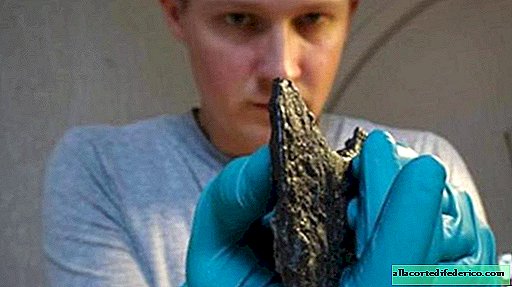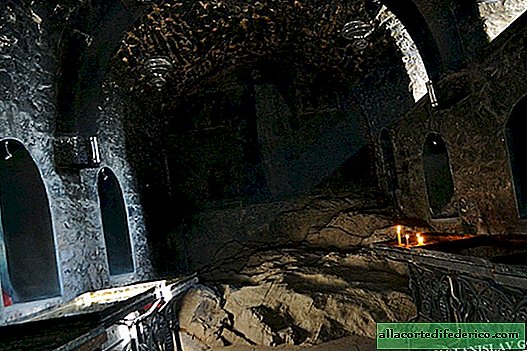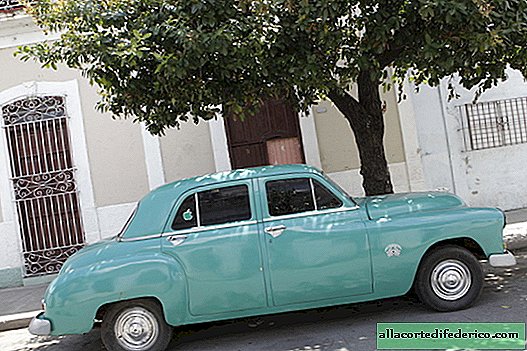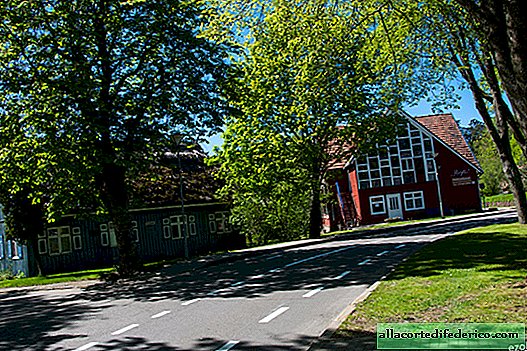Archaeologists have found the mysterious burial of a Viking woman in Denmark
Archaeologists have unearthed a Viking cemetery in Denmark and have discovered the remains of a woman buried with a large ax. Researchers suggest that she was a Slav. In this regard, they had a question: why is she buried far from her homeland in the Viking cemetery?
The ancient cemetery is located on the Danish island of Langeland, located between Great Belt and the Gulf of Kiel in the region of South Denmark. The discovery of a 10th-century Arabian coin showed that this burial is about 1000 years old. The woman’s grave was the only one in which the weapon was located.
Researchers from the Ministry of Science and Higher Education of Poland, said that the woman was most likely a “Slav” and came from Eastern Europe, from the territory of modern Poland. These assumptions were prompted by the burial style characteristic of Poles in the Middle Ages.
Dr. Leszek Gardela, an archaeologist from the University of Bonn in Germany and the University of Bergen in Norway, noted that "the skeleton of a Slavic woman does not show any obvious damage indicating how she died."

Gardela examined more than 10 of the 30 graves of women with weapons located in Norway, Denmark and Sweden.
When men were on a military campaign, women often took over the functions of protecting homes and settlements. They also had to study military craft and weapons. Burial with an ax is evidence that women took an active part in hostilities.
Jerzy Litwin, director of the National Maritime Museum in Gdansk, explains: "In the early Middle Ages, between the 10th and 12th centuries on the Baltic Sea, the Slavs were partners and rivals of the Scandinavians, commonly known as Vikings."

Slavs and Danes had a complicated history of relations. There were times when they collaborated and traded with each other. But sometimes I had to fight. The Slavic fleet, consisting of hundreds of boats, sailed to the Scandinavian shores and made dangerous attacks. The Slavs destroyed the port in Hedeby, near Schleswig, which never recovered from raids in the 11th century.
But despite the abundance of evidence of military conflicts between the Slavs and Danes, the 13th century Scandinavian sagas, for example, the same Heimskring of the writer Snorri Sturluson, tell the story of Gunhild, the semi-legendary Polish princess and the wife of the Danish king of the 10th century Sven I Viloborodogo.
 Gunhild and her sons
Gunhild and her sonsThe story tells how Sven attacked the Yomswikings and was captured by Burislav, the king of Vedland. It was stipulated that Sven would marry the daughter of Burislav Gunhilda, and Burislav himself would marry the sister of Sven Tiri. Thus, Gunhild and Sven became parents of the King of Denmark, Harald II and Knud the Great, the King of England, Denmark and Norway, as well as the Governor of Schleswig and Pomerania.
Returning to the Slavic woman found in Denmark: having studied the ancient Slavic funerary traditions, historians came to the conclusion that she really was a warrior, and her ax is not a symbolic addition, but a weapon of war. The act of burial and the traditions associated with death are an important part of Slavic culture.

















